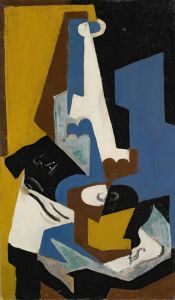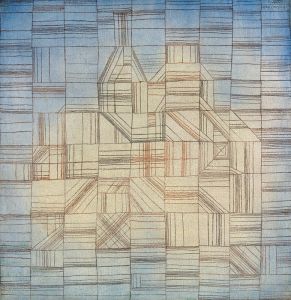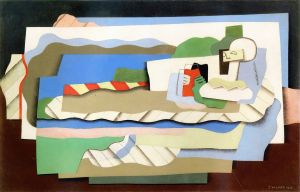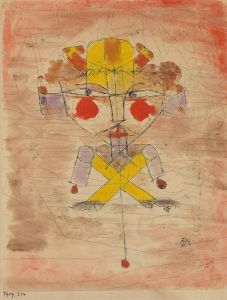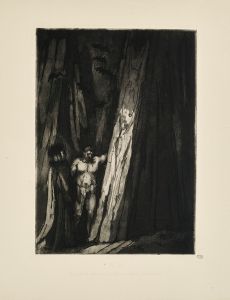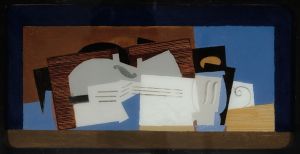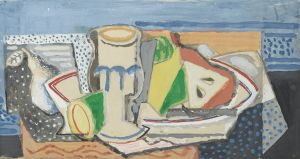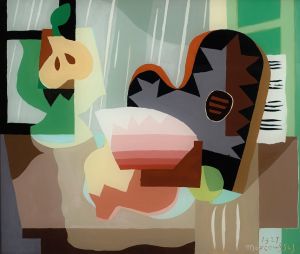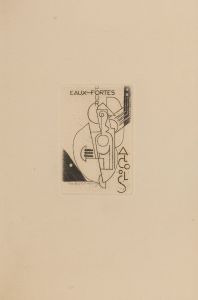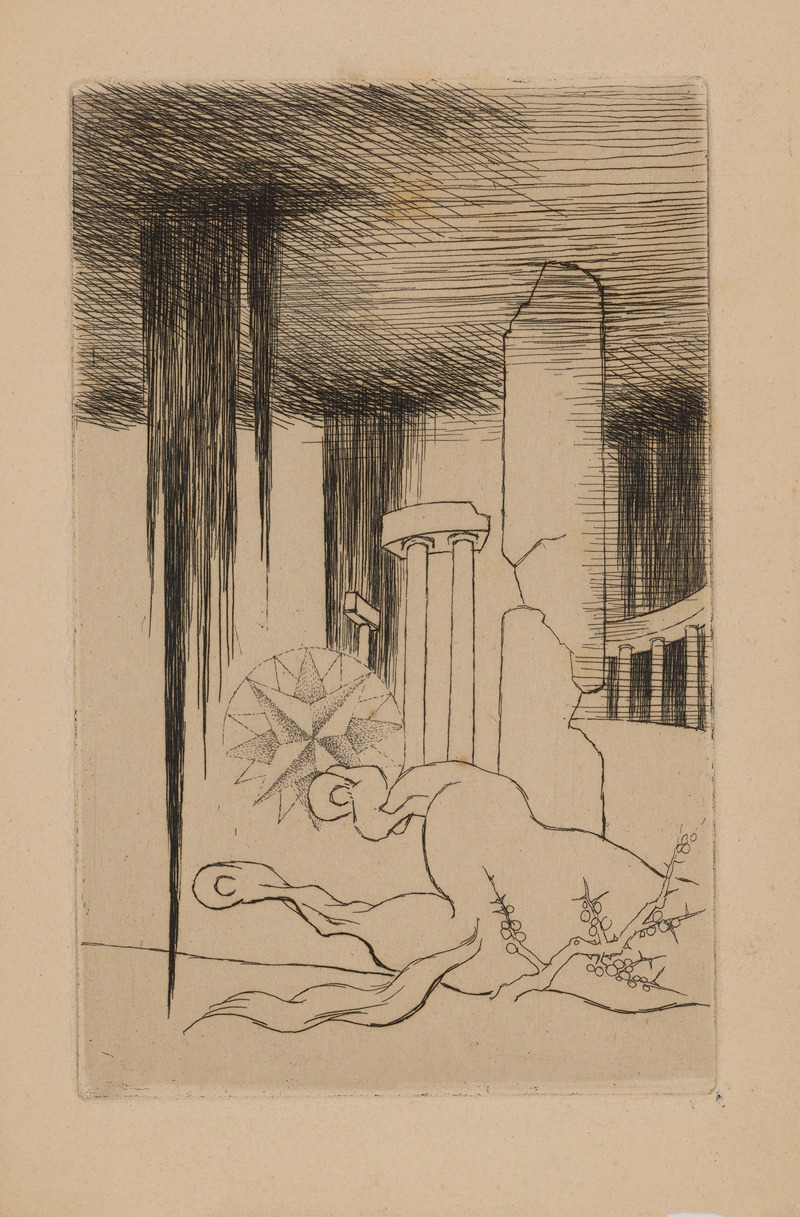
Vignette
A hand-painted replica of Louis Marcoussis’s masterpiece Vignette, meticulously crafted by professional artists to capture the true essence of the original. Each piece is created with museum-quality canvas and rare mineral pigments, carefully painted by experienced artists with delicate brushstrokes and rich, layered colors to perfectly recreate the texture of the original artwork. Unlike machine-printed reproductions, this hand-painted version brings the painting to life, infused with the artist’s emotions and skill in every stroke. Whether for personal collection or home decoration, it instantly elevates the artistic atmosphere of any space.
Louis Marcoussis was a Polish-French painter and engraver associated with the Cubist movement. Born Ludwik Kazimierz Wladyslaw Markus in Warsaw in 1878, he moved to Paris in 1903, where he adopted the name Louis Marcoussis. He became an integral part of the Parisian avant-garde scene, interacting with notable artists such as Pablo Picasso, Georges Braque, and Juan Gris. Marcoussis is best known for his Cubist works, which often incorporated elements of still life and portraiture.
"Vignette" by Louis Marcoussis is one of his notable works, although specific details about this painting are limited. Marcoussis's style is characterized by a meticulous approach to form and composition, often employing a muted color palette and geometric shapes typical of Cubism. His works frequently explore the interplay between abstraction and representation, a hallmark of the Cubist movement.
Marcoussis's art was influenced by his interactions with other Cubist artists and the broader cultural milieu of early 20th-century Paris. His works often reflect the Cubist interest in deconstructing objects into their geometric components and reassembling them in abstracted forms. This approach allows viewers to perceive multiple perspectives simultaneously, challenging traditional notions of representation in art.
In "Vignette," Marcoussis likely employed these techniques to create a composition that invites viewers to engage with the painting on multiple levels. While specific details about the composition and subject matter of "Vignette" are not readily available, it can be inferred that the work embodies Marcoussis's characteristic style, blending abstraction with recognizable forms.
Throughout his career, Marcoussis exhibited his works in various prominent venues, contributing to the dissemination and development of Cubist art. His paintings and engravings were featured in exhibitions alongside those of other leading artists of the time, helping to establish his reputation within the art world.
Marcoussis's contributions to Cubism extend beyond his paintings; he was also an accomplished engraver. His engravings often mirrored the themes and styles present in his paintings, further showcasing his mastery of form and composition. His work in this medium was highly regarded, and he collaborated with several poets and writers, illustrating their works with his engravings.
Despite the limited information on "Vignette," Louis Marcoussis's legacy as a Cubist artist is well-established. His works continue to be studied and appreciated for their innovative approach to form and composition, reflecting the dynamic and transformative nature of early 20th-century art. Marcoussis passed away in 1941, but his contributions to the Cubist movement and his influence on subsequent generations of artists remain significant.





